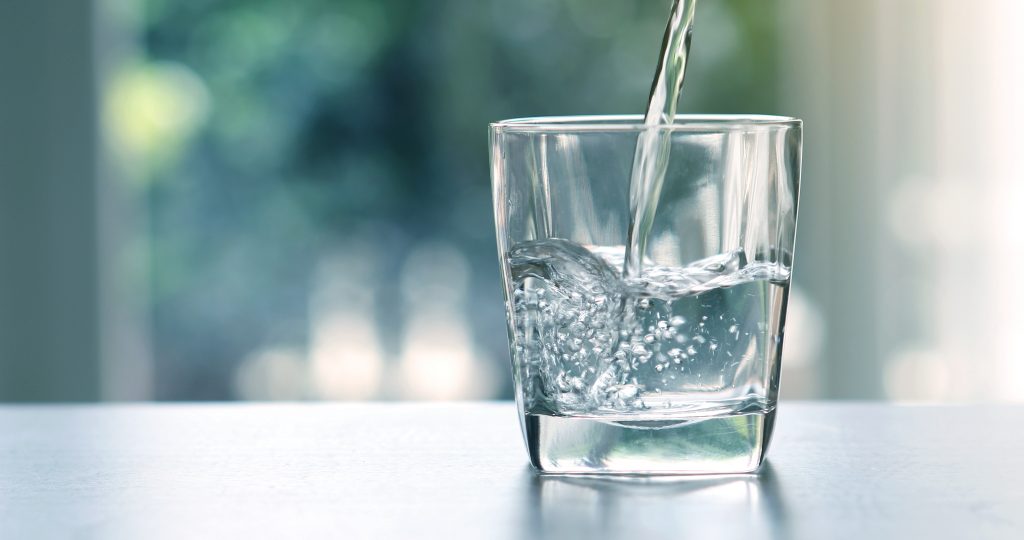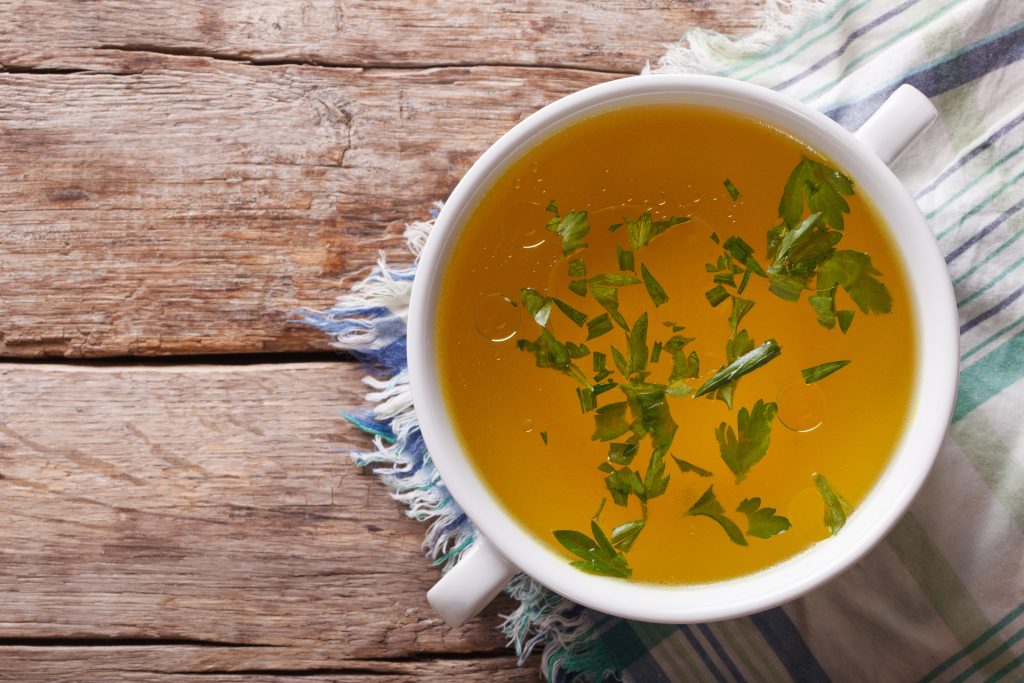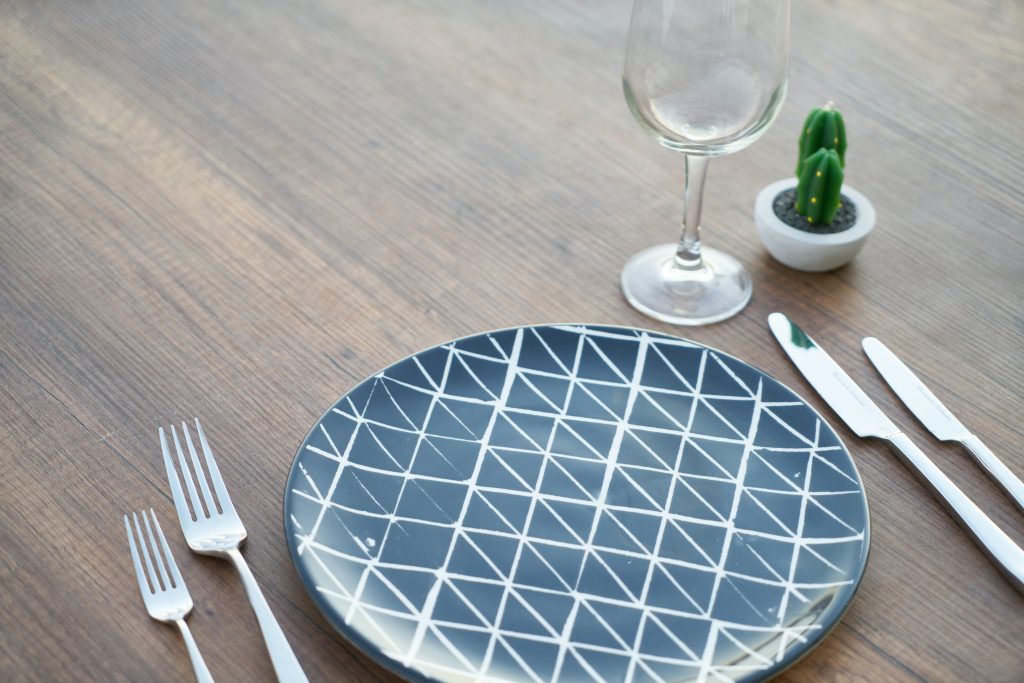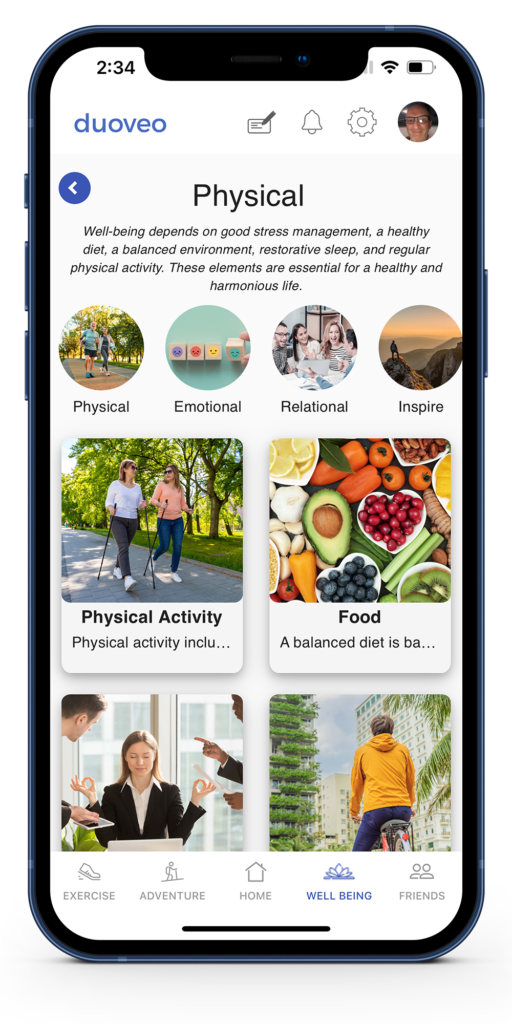There are many ways to fast and, therefore, many types of fasting. Indeed, there should be as many as there are different people. Certainly, some will suit you and others less. However, you will find different ways of practicing fasting regularly in this article to give you enough information to experience one fast more than another.
Depending on whether it makes sense and is necessary for you, alone or accompanied by experienced people, and which will therefore suit you best at the time.
What is fasting?
Fasting has been practiced for thousands of years for religious or cultural reasons, to purify the body or the spirit. From the 19th century onwards, it was a means of preserving health or a natural remedy for specific illnesses. It was recommended by hygienists (Orthopathy is a “science of maintaining and restoring health”) and naturist doctors. It is recommended by naturopaths in particular, but more and more by doctors. In this article, we will present four types of fasting.
The different types of fasting
Here you can find the four main type of fasting explained:
- Water fasting
- Dry fasting
- Buchinger fasting
- 16/8 intermittent fasting
Types of fasting: 1# Water fasting

Water fasting consists of stopping eating while drinking water and/or herbal teas without restriction. This type of fasting can be practiced in our accompaniments between 1 and 14 days. A 21-day fast is also possible. But, it is usually adapted and transformed into a Buchinger fast in a very special setting. The recommended amount of fluids is about 2.5 liters per 24 hours, more (at least 0.5 liters more) in hot weather. A very low fluid intake leads to a more significant detox and associated ailments. A fast with no liquid consumption is called “Dry fasting”. Fluid fasting can be practiced for 1 day or by a cure of several days, 7, 14, or even 21 days (or sometimes longer).
#2 Dry fasting
Dry fasting consists of the deprivation of food and liquid of any kind. However, there is the gentle version of dry fasting. Indeed, the fasting person can come in contact with water, shower, moisten their lips or even gargle with water during the fast. Also, there is the hard version in which any contact with liquid is impossible. The Russian school of dry fasting recommends the latter approach. It state that any contact with water, even if not ingested, sends information to the body that contradicts the adaptive processes set in motion when the body drinks more liquid. Therefore, we do not recommend this type of fasting beyond 3 days. Moreover, we invite fasters to practice it gradually, starting with half a day to evaluate its practice progressively.
#3 Buchinger fasting

This type of therapeutic fasting is called partial fasting, modified fasting or Buchinger fasting. Indeed, the fasting person consumes about 250 cal per day of juices and broths that provide little carbohydrates, vitamins, minerals, and phytochemicals (antioxidants). The diet consists of a quarter of freshly squeezed fruit or vegetable juice, a quarter of fresh vegetable broth. Then, herbal tea with possibly a little honey and mineral water low in sodium, nitrate, and carbonic acid. For people with chronic illnesses, Buchinger’s fast can add carrot juice, a few teaspoons of flaxseed oil with low-fat cottage cheese to provide essential fatty acids.
#4 16/8 intermittent fasting

Among the different types of fasting, 16/8 intermittent fasting consists of generally eating over 8 hours and stopping all food intake during the remaining 16 hours, including the sleep period. This fasting consists of skipping either dinner or breakfast, but skipping the latter is preferable to optimize and lengthen the cleansing period that takes place during the night.
Here is an example of a typical day:
We start the day by fasting and eating at noon. Then, we have dinner until 8 pm and stop eating until noon the next day. During the feeding periods, the least processed and healthiest foods possible are advisable to potentiate the effects on health. Except in cases of extreme weakness, this type of fasting is generally suitable for everyone and long-term use as a lifestyle without any real danger.
If you want to learn more about fasting, don’t hesitate to have a look on my dedicated website: Jeûne & Sens
Interested in fasting? Have a look at our other fasting articles:


